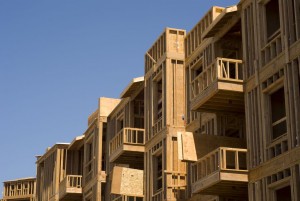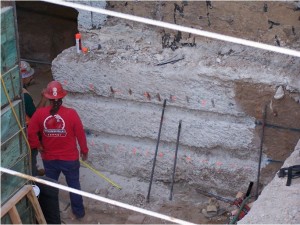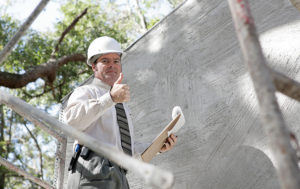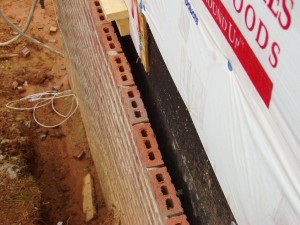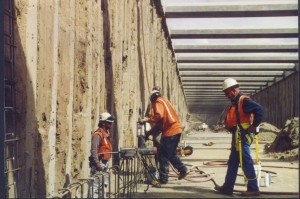The recent approval of the 2015 International Building Code (IBC) is of interest to design/construction professionals as it often means expanded options for structural applications. However, understanding the latest changes and allowances in various jurisdictions can also be a daunting prospect.
+ Read More
|
In a previous article, this author provided a look at the concept of special inspections. In advising the owner in the selection of a special inspector for a project, it is important the registered design professional consider several factors.
+ Read More
|
When specifying epoxies, there are a few important things to remember; from checking on the product label to ensuring a suitable substrate, preparation is key.
+ Read More
|
As required under the International Building Code (IBC), special inspections are designed to be a proactive method of enhancing public safety by ensuring buildings are constructed in accordance with design documents, specifications, and approved shop drawings.
+ Read More
|
Every year, the summer solstice marks the beginning of summer in the Northern Hemisphere, followed by humidity interchanged with dryness. Periods of intermittent rain showers followed by stretches of blistering heat are common and these climate variations can lead to an increase in wall moisture.
+ Read More
|
Epoxy types vary widely, and specifiers need to note such attributes as nozzle time, gel time, load time, sag, cure time, and chemical resistance—each property will affect what makes the product ideal for the intended application.
+ Read More
|
For doorways with high traffic volumes, faster door operation trumps R-value when it comes to preventing energy loss and maintaining a productive environment. High-speed doors also add airflow control, lower maintenance costs, and efficient material-handling benefits.
+ Read More
|
Continuous insulation (ci) has been a component of exterior wall assemblies for more than 40 years in North America and even longer in Europe. It has always been the smart way to design wall assemblies from the standpoint of energy conservation and water management.
+ Read More
|
Historically, glazing has been used to provide light and ventilation in building walls as its primary function. In contemporary buildings, specialized glazing can provide numerous other functions, including fire-resistance.
+ Read More
|
Many new water-resistive barrier (WRB) products are being introduced, including liquid-applied membranes. These new products join traditional wraps, self-adhered membranes, felts, and building paper, making for a crowded marketplace.
+ Read More
|
|
|


